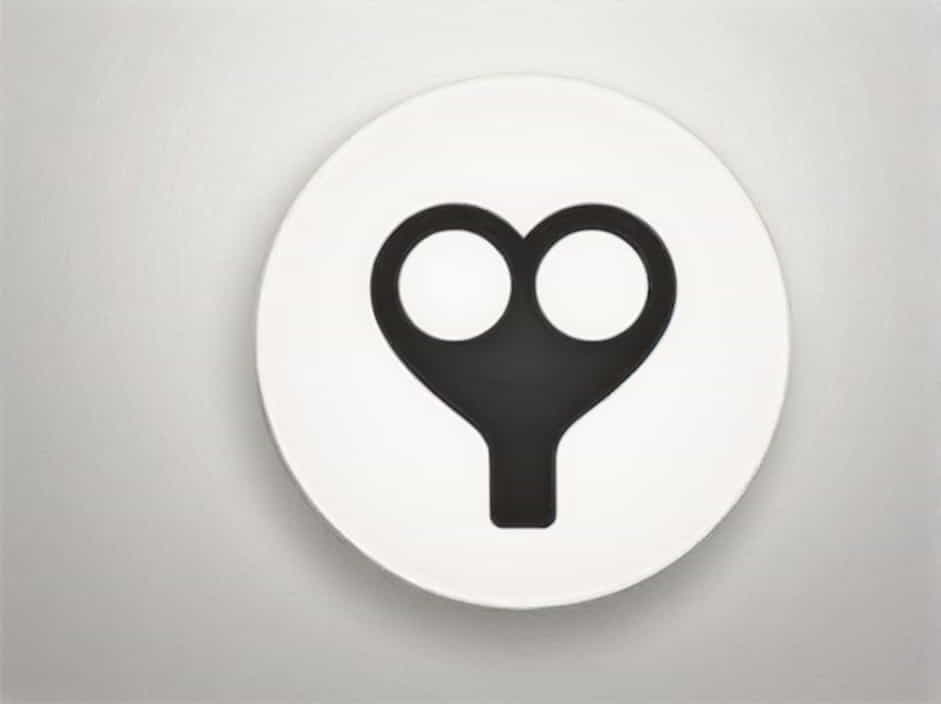The diaphragm is a dome-shaped muscle that plays a vital role in breathing. It separates the chest cavity from the abdominal cavity and contracts and relaxes to regulate airflow in and out of the lungs. But what happens to the diaphragm during a deep exhalation?
In this topic, we will explore the position of the diaphragm during exhalation, its function in respiration, and the factors that affect its movement.
Understanding the Diaphragm’s Role in Breathing
The diaphragm is the primary muscle responsible for breathing. It works alongside the intercostal muscles (muscles between the ribs) to control lung expansion and contraction.
Breathing occurs in two phases:
- Inhalation (Inspiration) – The diaphragm contracts and moves downward, increasing lung space and allowing air to enter.
- Exhalation (Expiration) – The diaphragm relaxes and moves upward, reducing lung space and pushing air out.
What Happens to the Diaphragm During a Deep Exhalation?
Diaphragm Moves Upward
During a deep exhalation, the diaphragm relaxes and rises toward the thoracic cavity (chest). This movement helps expel as much air as possible from the lungs.
Reduction in Lung Volume
As the diaphragm moves upward, lung volume decreases, and air is pushed out through the mouth or nose. This process is more forceful in deep exhalation compared to normal breathing.
Increased Abdominal Pressure
When the diaphragm moves upward, the organs in the abdomen shift slightly, causing a temporary increase in abdominal pressure. This is why you may feel your stomach pull inward during a forceful exhalation.
Types of Exhalation: Normal vs. Forced
1. Normal (Passive) Exhalation
- Occurs naturally without effort.
- The diaphragm relaxes and moves slightly upward.
- Air is released slowly as the lungs return to their resting state.
2. Forced (Deep) Exhalation
- Requires additional effort from the abdominal muscles and internal intercostal muscles.
- The diaphragm moves higher into the chest cavity than in passive exhalation.
- Used during activities like blowing out candles, singing, or speaking loudly.
Factors That Affect Diaphragm Movement
Several factors can influence how the diaphragm moves during exhalation:
1. Lung Health
- Conditions like chronic obstructive pulmonary disease (COPD) or asthma can make it harder for the diaphragm to move freely.
- Healthy lungs allow for a full range of diaphragm movement.
2. Posture
- Sitting upright or standing allows for better diaphragm expansion.
- Slouching or lying down can restrict movement.
3. Physical Fitness
- Well-trained respiratory muscles (e.g., in athletes or singers) allow for stronger and more controlled diaphragm movements.
4. Breathing Techniques
- Practicing diaphragmatic breathing can improve diaphragm function and lung capacity.
- Yoga and meditation often incorporate deep breathing exercises.
The Importance of Deep Exhalation
Deep exhalation is important for several reasons:
1. Removes Carbon Dioxide
- Exhaling deeply ensures efficient removal of CO₂, preventing buildup in the body.
2. Enhances Lung Function
- Fully emptying the lungs allows for better oxygen intake during the next breath.
3. Reduces Stress
- Deep breathing and full exhalation activate the parasympathetic nervous system, promoting relaxation.
4. Supports Core Strength
- Engaging the diaphragm and abdominal muscles during deep exhalation strengthens the core and respiratory muscles.
Exercises to Improve Diaphragm Function
1. Diaphragmatic Breathing (Belly Breathing)
- Sit or lie down comfortably.
- Place one hand on your chest and the other on your abdomen.
- Inhale deeply through your nose, feeling your belly rise.
- Exhale slowly, allowing your diaphragm to fully relax and move upward.
2. Pursed-Lip Breathing
- Inhale deeply through your nose.
- Exhale slowly through pursed lips (as if blowing out a candle).
- Helps control breathing and improves lung efficiency.
3. Rib Stretch Exercise
- Inhale deeply and hold your breath for a few seconds.
- Exhale fully, feeling your diaphragm move higher into your chest cavity.
- Repeat several times to expand lung capacity.
During a deep exhalation, the diaphragm relaxes and moves upward, reducing lung volume and pushing air out of the lungs. This movement is essential for proper breathing and efficient gas exchange.
Several factors influence diaphragm movement, including lung health, posture, fitness, and breathing techniques. Practicing deep breathing exercises can improve lung function, reduce stress, and enhance overall respiratory health.
